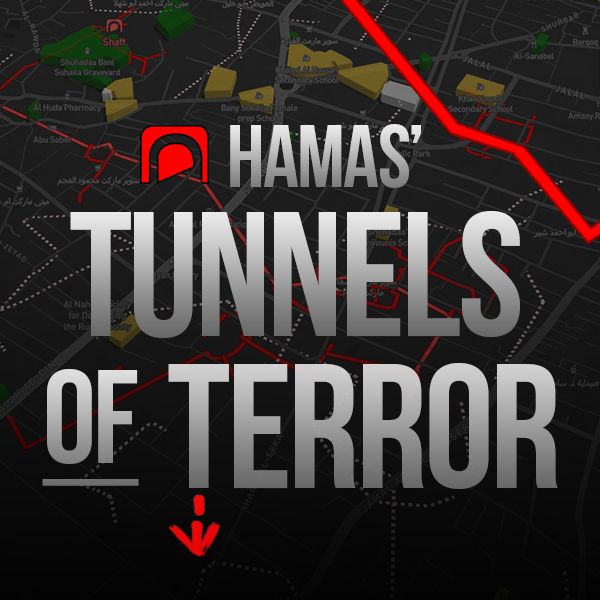“Beaten bloody.” “Attacked by a group of about 15 armed settlers.” Assaulted with “brass knuckles and the butt of a rifle to his head.” And later, struck by Israeli soldiers who supposedly “beat him with the butt of their rifles.”
These were just a few of the claims—or variations of them—breathlessly relayed by The New York Times, Sky News, CNN, The Guardian, and the BBC—based entirely on accounts from so-called “activists on the scene.”
And at the center of the chaos was none other than Hamdan Ballal, one of the Palestinian activist-filmmakers behind the Oscar-winning documentary No Other Land.
According to the media, Ballal was the helpless victim of a brutal settler assault near his home in the West Bank village of Susya on Monday night.
But the reality—once again—is most likely far from the cinematic version.
What appears to have occurred is now backed by evidence. And it matches what the IDF said from the start: Hamdan Ballal was in the vicinity of a group of Palestinians who were throwing rocks—not at Israeli soldiers, but at Israeli civilians.
The IDF confirmed a confrontation then broke out between local Israelis and Palestinians, prompting the arrival of soldiers attempting to break up the violence. One Israeli had to be evacuated for medical treatment. As security forces tried to intervene, Palestinians began hurling rocks at them as well.
Three Palestinians were arrested, including Ballal, as well as one Israeli involved in the violence. The IDF facilitated medical treatment for all three Palestinian detainees after one requested evaluation. All were questioned on suspicion of rock-hurling, property damage, and endangering public safety, then released the next day under conditions restricting contact with others involved. The investigation remains ongoing, with further arrests expected.
Not only is this account supported by IDF reports, but it’s also reportedly backed up by video footage posted on social media. Although it cannot be confirmed if Ballal appears in one clip, it does, however, show Palestinians hurling rocks around sunset; another shows a later clash with a group of Israelis.
And then there’s the video of Ballal himself, exiting the detention facility the following day.
For a man allegedly struck unconscious with a rifle butt to the head, he did not look as though he had sustained serious injuries. There were no visible marks on his skull. The only real sign of “trauma” seemed to be a pronounced limp as he walked out of detention—directly into the waiting arms of eager Western journalists who had camped out for the big moment.
Among them was BBC correspondent Dan Johnson, who dutifully made the trek to the West Bank for the scoop.
Bylined from Susya, Johnson gravely noted that just three weeks ago, Ballal had stood “before the world’s cameras in Hollywood.” Now, “the cameras were watching him” again—this time as he held a hand to his “bruised face” and walked away in “bloodstained clothes” after “almost 24 hours in Israeli detention.”
The night before, Ballal told reporters, “settlers and soldiers [were] attacking my home,” adding, “They started beating me and threatening me with their guns.”
So in the interest of transparency, we’ve embedded the video below:
Take a look for yourself: the “bloodstained clothes” appears to be a reference to a small, dark smudge on Ballal’s sweater. The “bruised face” is a faint mark under one eye. And that “awkward” gait? An exaggerated limp that looks suspiciously performance-ready.
There are times when media bias is subtle. When context is missing or facts are distorted, we can point it out, offer clarification, and correct lazy reporting.
But sometimes—like now—the media’s reporting doesn’t just miss the mark. It exposes itself.
This isn’t journalism. It’s leading with a narrative and then hoping there are supporting facts.
The same tired script: the blameless Palestinian activist, the violent Israeli settlers, the faceless, brutal IDF.
If you thought No Other Land had plot holes, just wait until you see the sequel.
Liked this article? Follow HonestReporting on Twitter, Facebook, Instagram and TikTok to see even more posts and videos debunking news bias and smears, as well as other content explaining what’s really going on in Israel and the region. Get updates direct to your phone. Join our WhatsApp and Telegram channels!



